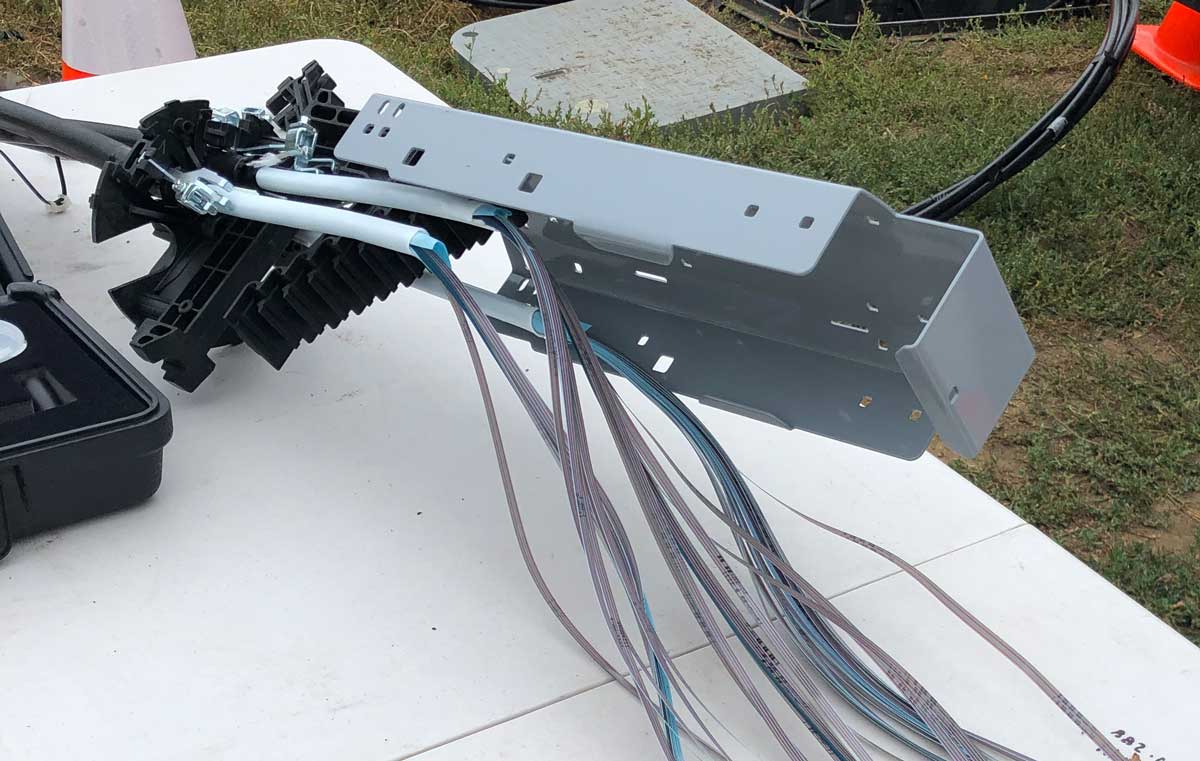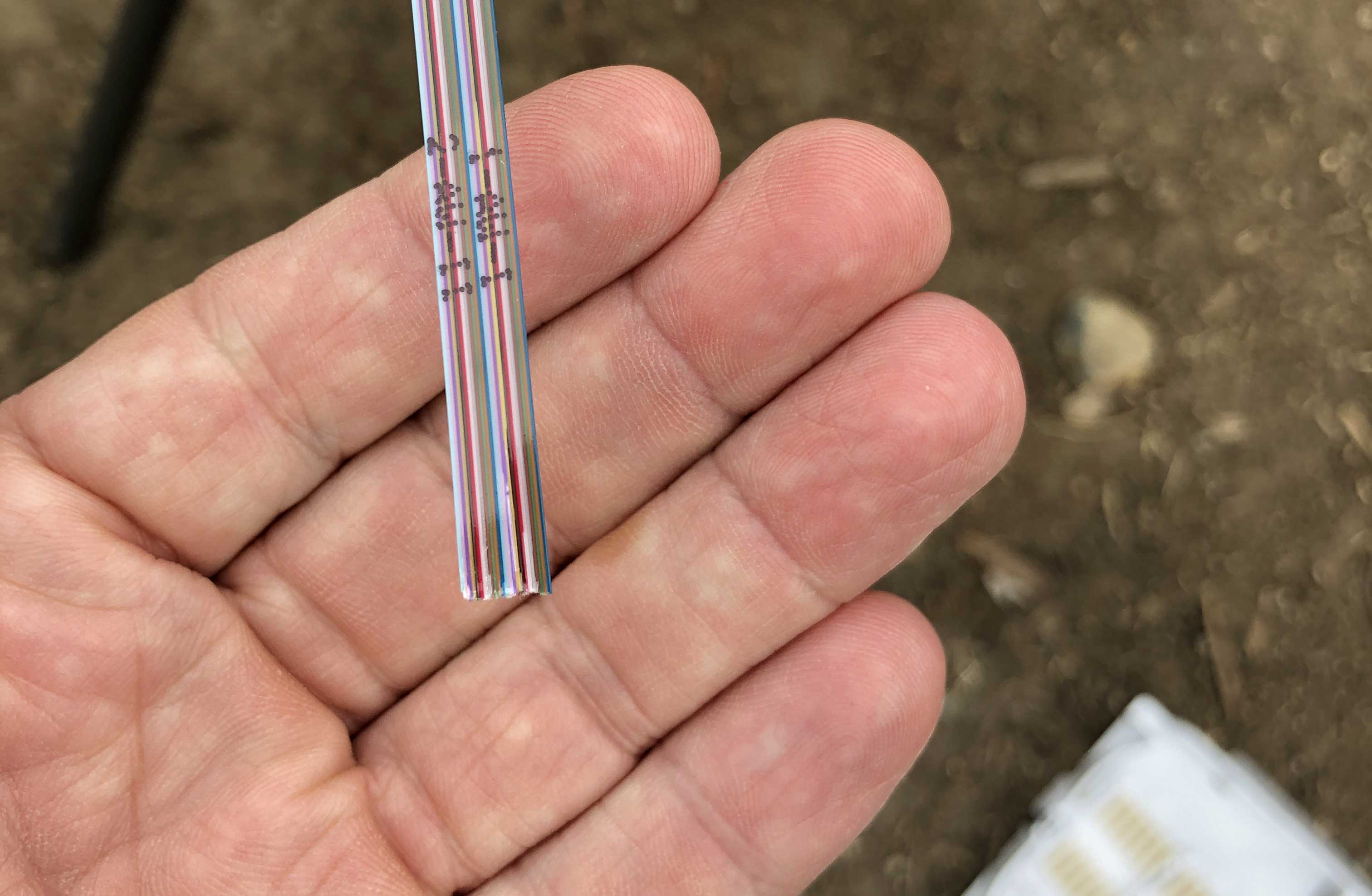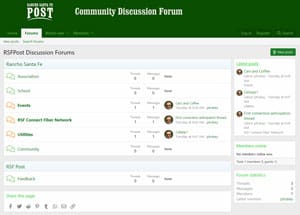From the MyRSF.net archives of the RSF Post
Fiber Network Update
Author: Phil Trubey
Date: June 13, 2019
Zone Map
Race Communications has recently published a zone map that shows the order in which various areas of RSF will be connected. Here's the map which shows the installation order (click to enlarge).
 Inside fiber cables in a splice enclosure
Inside fiber cables in a splice enclosure
Each backbone cable is composed of 288 fiber optic strands. Each of these 288 strands per cable must be spliced to other strands from other backbone cables when cables go in multiple directions from a junction location, or simply to travel long distances. Here's what 24 fibers looks like. Each of these colors is the protective color coded sheath for the fiber itself. If you were to strip away the protective sheath, you would barely be able to see the glass fibers themselves since they are so thin (125 microns diameter).
[caption id="attachment_10831" align="aligncenter" width="3024"] 24 fibers encased in their individual color coded protective sheaths. Click to enlarge.[/caption]
24 fibers encased in their individual color coded protective sheaths. Click to enlarge.[/caption]
As you can imagine, it will take a while to splice the tens of thousands of fiber connections needed for the full network.
Currently, we have three types of construction crews operating at the same time: conduit installation, fiber installation, and fiber splicing.
The Central Office is a hive of activity. They've installed both the fiber termination racks and the electronic equipment racks. Race is in the process of installing their equipment, and a fiber technician is splicing fiber in the central office.
Latest Time Estimates
The last estimate we published estimated first customer connection by end of June.
The Review just published a short article estimating that first customer hookup won't happen until late summer or early fall (so August/September).
I have been unable to get more recent time estimate information from the Association, but from what I can see, first connection will depend on when Race will start connecting people's drop fibers to the street. It has been apparent for a while now that Race's house installations will be the critical path item. Because of this, I am urging home owners to take matters into their own hands and install their drop conduit to their house themselves and not wait for Race to do it. Race will still have to pull fiber and install the fiber modem, but at least the most time consuming step will be done if you install your own conduit (and you'll save money too).
 Discuss this article in the RSF Connect Fiber Network Forum.
Discuss this article in the RSF Connect Fiber Network Forum.

 Chronicles
Chronicles